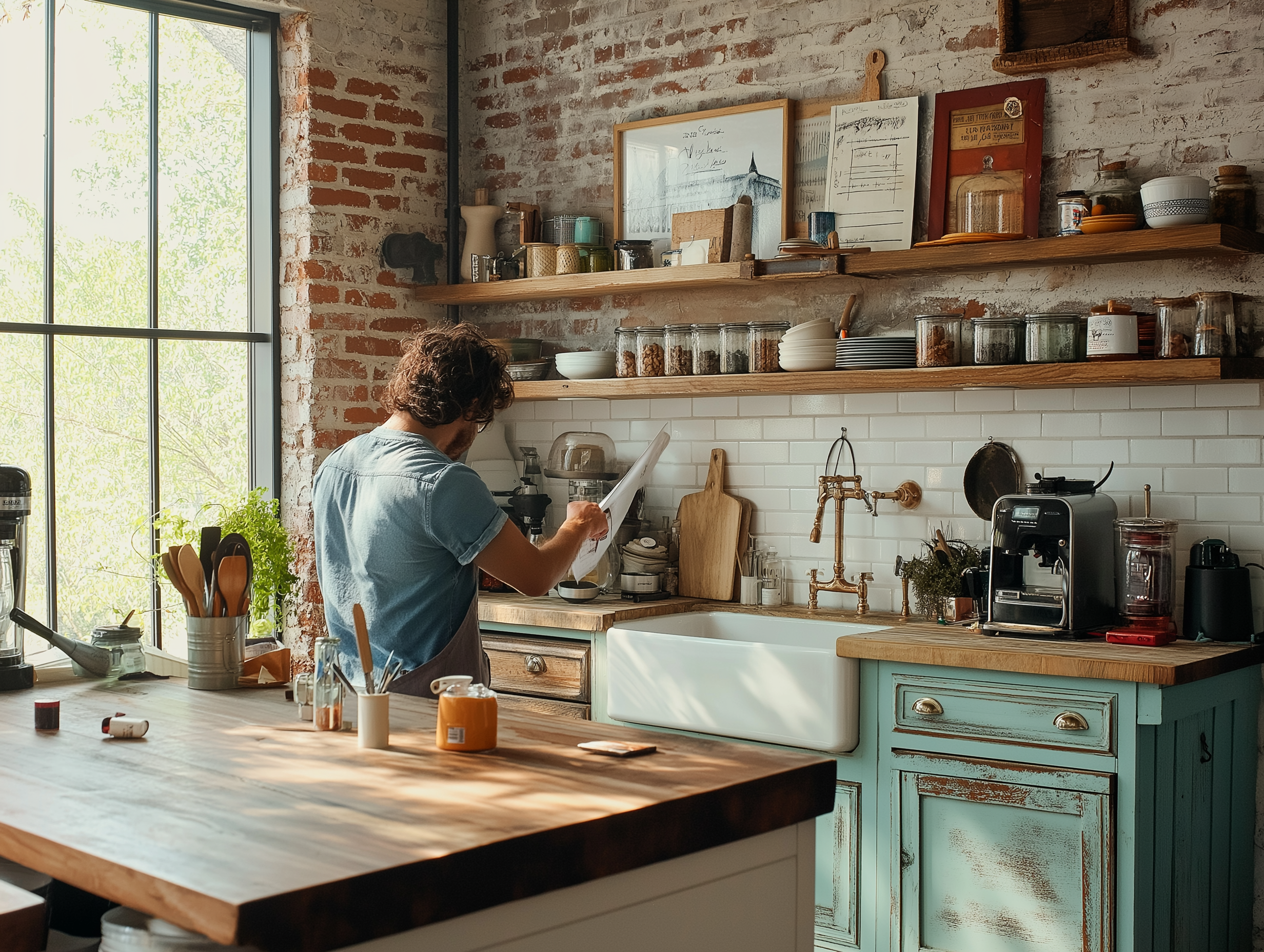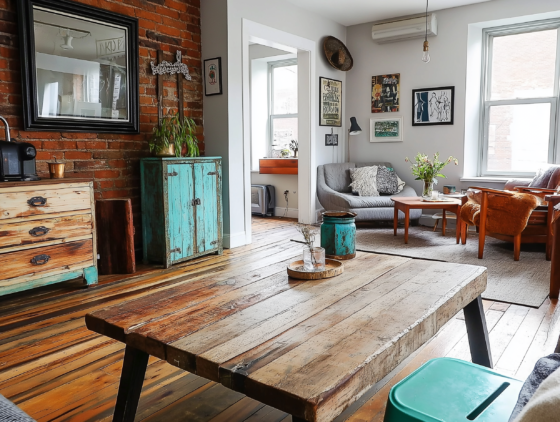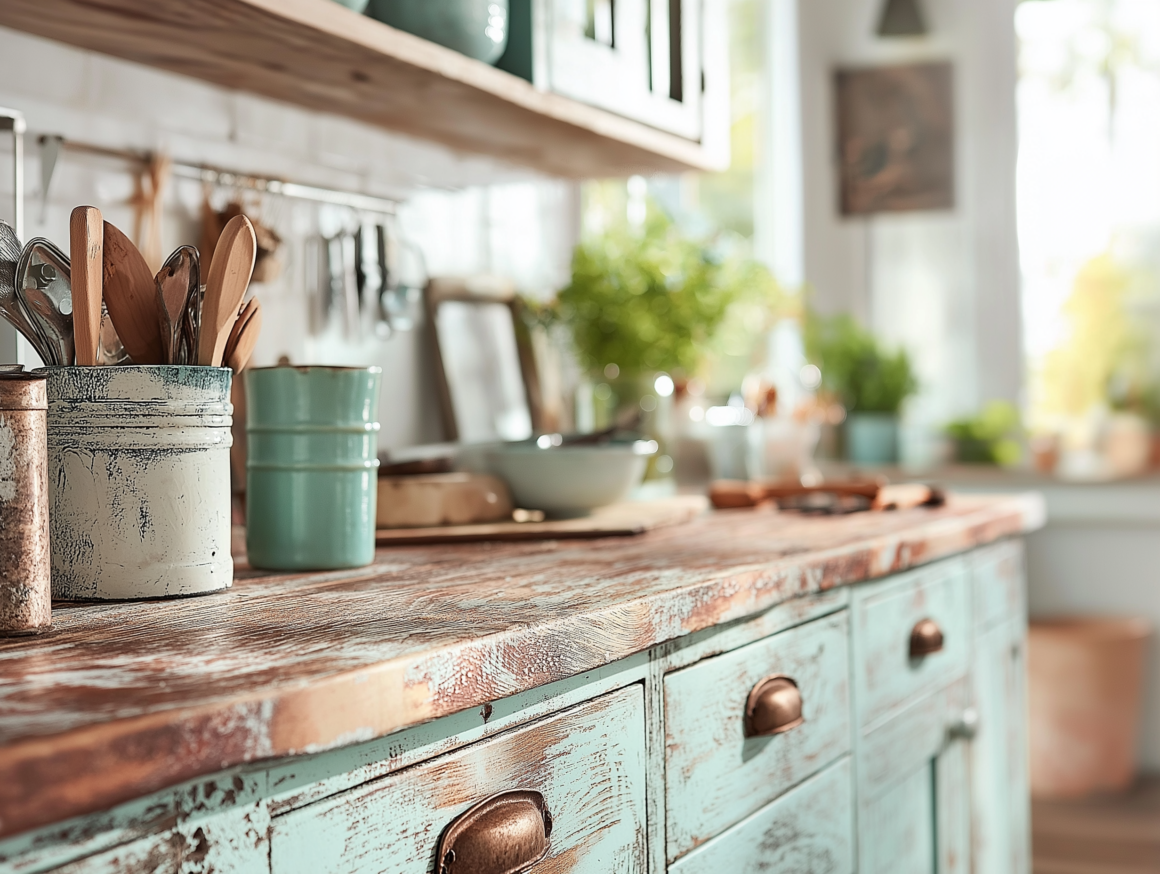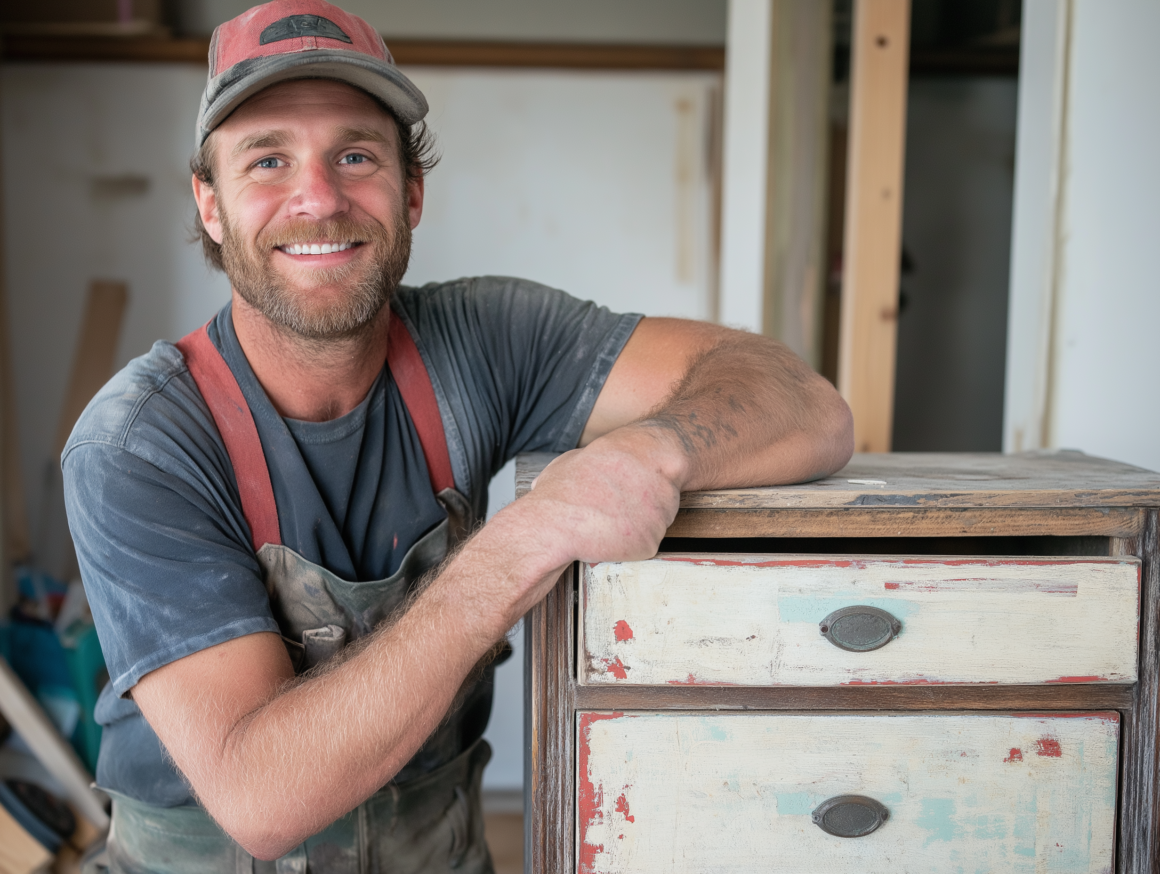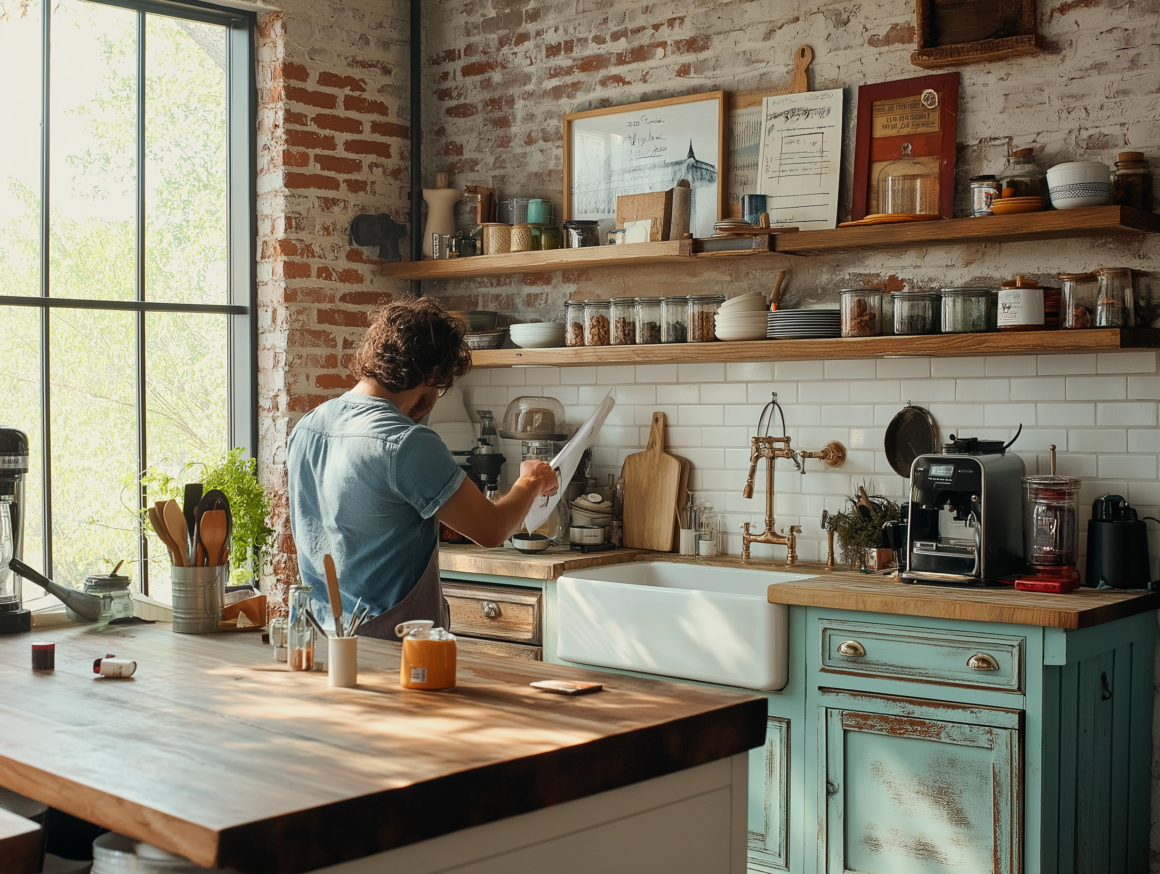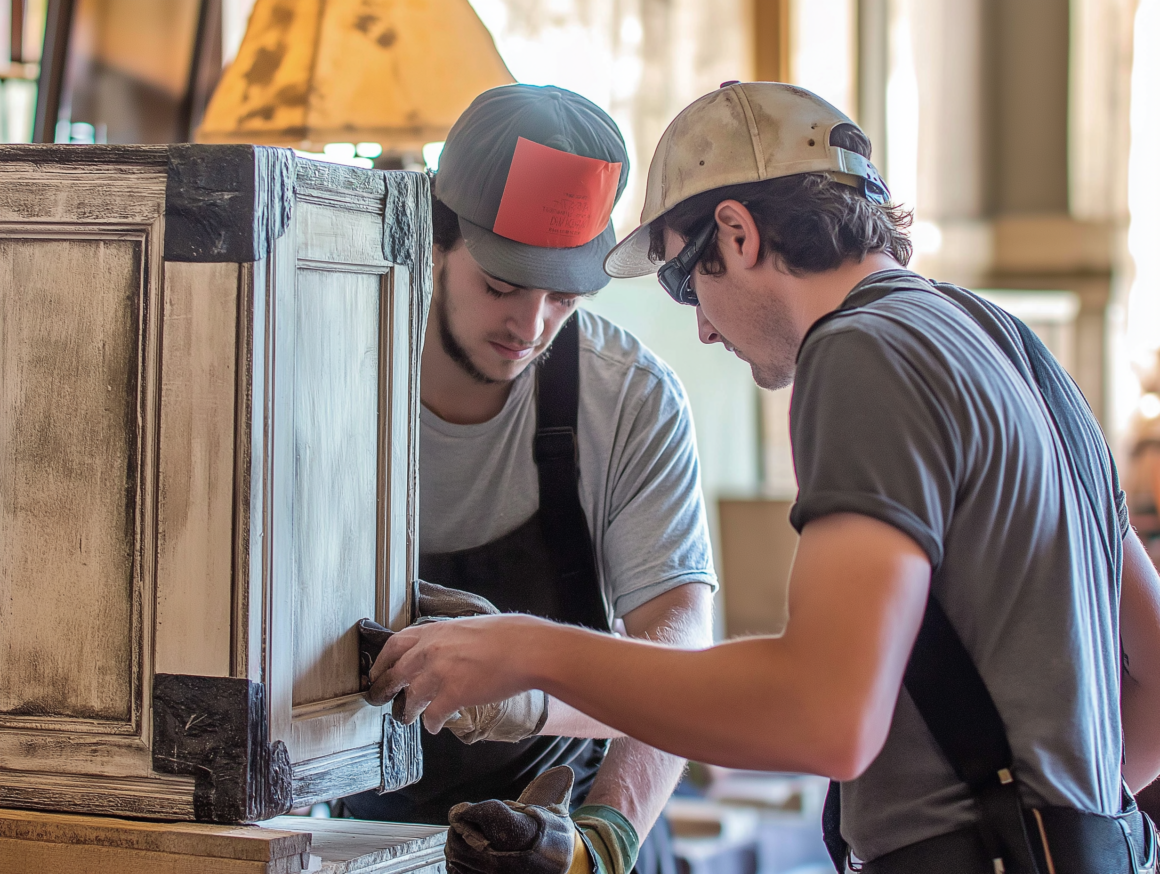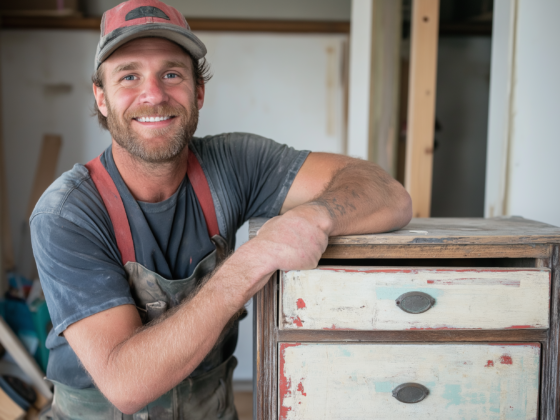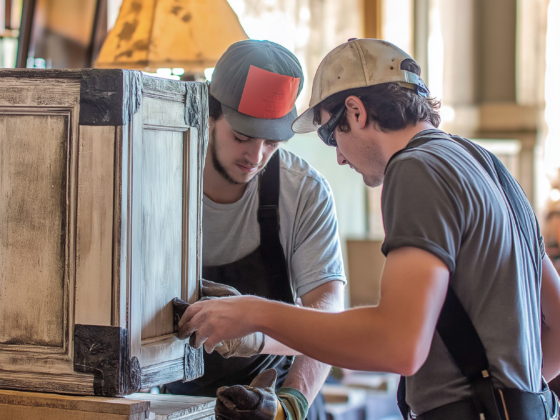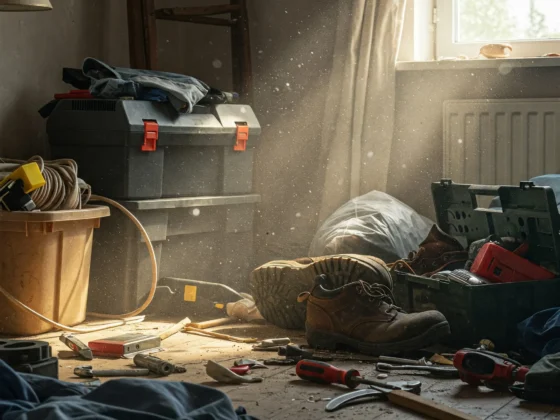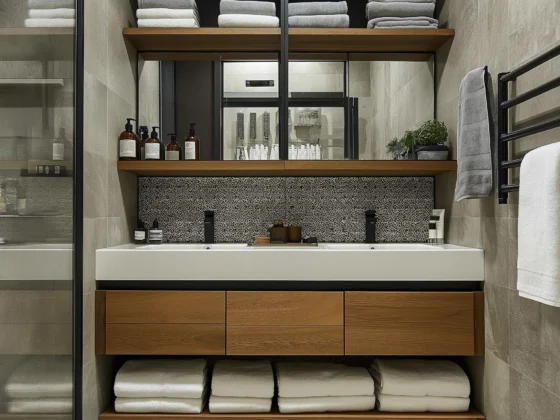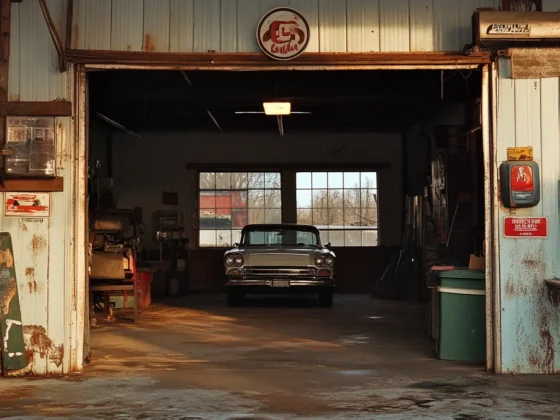Home improvement is a journey filled with challenges and opportunities for creativity. Each obstacle presents a chance to think outside the box and find solutions that not only solve problems but also enhance the functionality and beauty of your space. In this article, we’ll explore how to embrace creativity in tackling common home improvement challenges, leading to innovative solutions that make your home uniquely yours.
1. Identifying Challenges
The first step in any home improvement project is recognizing the challenges that need addressing. Here are some common issues homeowners face:
- Storage Limitations: Clutter can quickly accumulate, especially in small spaces. Finding ways to maximize storage without sacrificing style is key.
- Awkward Layouts: Sometimes, the flow of a room doesn’t work for you. Awkward corners or poorly placed furniture can hinder functionality.
- Outdated Features: Whether it’s a dated bathroom or a kitchen in need of modernization, transforming these spaces can feel daunting.
2. Embracing Creativity
Once you’ve identified the challenges, it’s time to get creative! Here are some tips to spark your imagination:
- Think Outside the Box: Challenge traditional uses of space. For example, a hallway might not just be a passage; it could be a mini-gallery for your favorite artwork or a small home office nook.
- Brainstorm Solutions: Gather inspiration from various sources. Look at home improvement shows, Pinterest boards, or even nature for ideas on how to repurpose items or spaces.
- Combine Function and Aesthetics: Your solutions should not only be practical but also visually appealing. A multi-functional piece of furniture can serve a purpose while enhancing the room’s design.
3. Innovative Ideas in Action
Here are some specific creative solutions to common home improvement challenges:
- Cozy Reading Nook: If you have an unused corner, consider transforming it into a reading nook. Add built-in shelves for your favorite books, a comfortable chair, and ambient lighting. This creates a perfect retreat for relaxation.
- Under-Stair Storage: The space under a staircase is often overlooked. Install custom cabinetry or open shelves to create a practical storage solution while adding character to the area.
- Repurposed Furniture: Old furniture doesn’t have to end up in a landfill. Sand down and repaint an old dresser for a fresh look, or use an antique trunk as a coffee table with hidden storage inside.
- Wall-Mounted Solutions: If floor space is limited, think vertically. Wall-mounted shelves can display decor or serve as extra storage, keeping your space open and airy.
4. Turning Ideas into Reality
Once you have your creative solutions mapped out, it’s time to put them into action:
- Plan Your Project: Create a detailed plan that outlines what materials you’ll need and the steps involved. This will help streamline the process and prevent overwhelm.
- Gather Your Tools: Ensure you have the right tools for the job. Whether it’s power tools for building or paintbrushes for finishing touches, having the right equipment makes a difference.
- Involve Others: Home improvement can be a fantastic bonding experience. Involve family or friends in your projects, turning a task into a fun day of creativity and teamwork.
5. Reflect and Adapt
After completing your projects, take the time to reflect on what worked and what didn’t. Every home improvement challenge offers a learning experience that can inform your future projects.
Conclusion
Home improvement challenges are not just obstacles; they are opportunities to express your creativity and enhance your living space. By embracing innovative problem-solving, you can transform your home into a personalized sanctuary that reflects your style and meets your needs.

